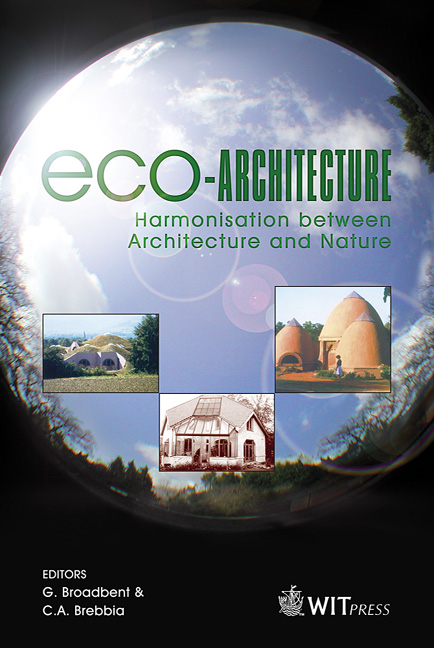Unity, Simplicity And Balance: Sustainable Management Of Cultural Historic Environments Of Mountain Summer Farming
Price
Free (open access)
Transaction
Volume
86
Pages
10
Published
2006
Size
266 kb
Paper DOI
10.2495/ARC060131
Copyright
WIT Press
Author(s)
G. Swensen
Abstract
Ecologically based architecture aims to maintain a long-term harmony between the built environment and nature. It assumes that there is a close, interlocked connection between natural conditions and cultural expressions, a unitary and holistic comprehension of time and space, and a belief in one’s ability to influence the long-term effects of technological development in an ecologically beneficial way. In this paper these hypotheses will be viewed in light of some basic principles on which the structures of traditional building forms have been based. Special emphasis will be put on the relationship that has long existed between the built environment and the landscape. This approach will be illustrated by the presentation of a traditional regional type of dwelling still found in active use in some mountain areas in Norway and by the ways farmers adapt to the demands set by modern farming directives. The paper is linked to an ongoing interdisciplinary research project: \“Redefining Rural Resources – Local capacity-building in sustainable management of cultural historic environments of mountain summer farming”. Keywords: cultural historic environments, cultural heritage protection, sustainability, ecological architecture, vernacular architecture, mountain summer farming. 1 Introduction 1.1 Main perspectives This article should be seen as a small contribution to the basic discussion on which cultural heritage management is based, namely how to secure a viable role
Keywords
cultural historic environments, cultural heritage protection, sustainability, ecological architecture, vernacular architecture, mountain summer farming.





